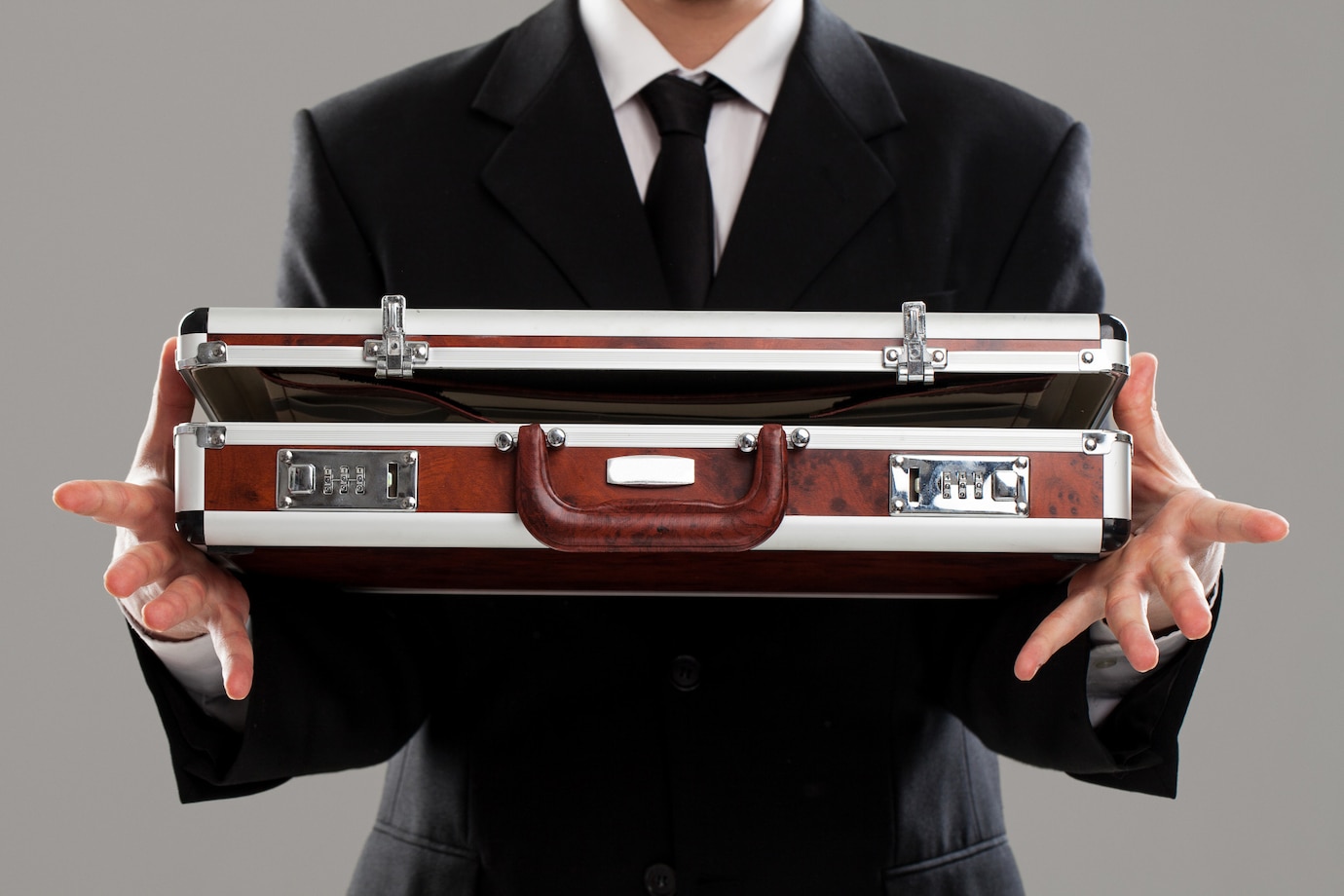WHAT TO DO IN CASE OF A DEATH OF AN ACCOUNT HOLDER
Have you made plans for your family on how they can access your money if you died today?
When a person dies, the family gets a panic attack. People start mourning for losing a person they held dear to their hearts. The mourning lasts for several days, and then life returns to normal.
A few days later, a family member of the deceased person started collecting information about the financial situation before the person died. They check on insurance policies subscribed by the dead person, investment details, loans, and bank accounts.
The bank account is the primary key to someone’s financial situation, and it’s crucial to get access.
The following are the steps you should take to claim money for a deceased relative.
1. Withdraw the money using the ATM Card
If you have the person’s ATM card, you can use it to withdraw from the ATM for some time.
2. Go to the bank
If you can’t access the ATM card, go to the bank and meet the bank officials.
Meet the bank manager and explain the death of the account holder. Let the manager explain the procedure to claim assets held by the bank on behalf of the deceased. Go with a death certificate to prove your claim.
The bank will make the account inactive, whereby no withdrawal transaction can go on. The deposit can continue as there might be some payments that are not yet completed, such as dividends.
3. Submit the necessary documents
You should go to the bank with a death certificate and documents to show your relationship with the dead person.
Transferring the money to you will start, and the account will remain inactive for 6_12months depending on the bank.
You should have the following documents while launching a claim on a dead person’s assets.
An application that states that the person has passed away.
A death certificate
If the death resulted from an accident and you can’t find the body, carry an FIR copy.
Carry an identification document, such as a driving license.
Proof of your relationship with the deceased
Next of kin KYC documents
If there is no next of kin in the bank account, the bank will need to research who is the rightful owner of the left money.
The bank may require a will to authenticate the beneficiary of the money.
If there is no will, you can be required to bring a succession certificate from the court. The WILL document will certify who is the legal beneficiary of the money.
If there is a dispute on who is the legal beneficiary, make sure to get the legal document as proof.
Conclusion
Don’t give your family problems while claiming your assets from the bank. Have a trusted family member know your ATM pin. Include a next of kin in your bank account papers. Make sure to always have a will with all the beneficiaries stating clearly who takes which asset.
